As organizations recognize the immense value and criticality of your data and systems, cybersecurity has become intrinsically linked to business strategy. Chief Information Security Officers (CISOs) are increasingly expected to play a central role in shaping business decisions, assessing and mitigating risks, and ensuring that security strategies align with overall business objectives. This requires a broad range of skills and expertise, from deep technical knowledge to strong leadership, communication, and business acumen. The sheer volume and complexity of challenges facing CISOs has never been greater, and a number of trends threaten to compound these challenges. Although 2025 holds the promise of major technological breakthroughs, it also brings significant risks and new challenges.
The Evolving Role of the CISO
Although the role of the CISO continues to evolve, it is still not at a mature state in many organizations. According to PwC’s 2025 Global Digital Trust Insights report, less than half of CISOs are actively engaged in business decisions and activities that are highly relevant to information security. Moreover, the report found that only 47% of CISOs are involved in strategic planning with finance about cybersecurity investments and only 45% have oversight of tech and infrastructure deployments. This is a missed opportunity that makes organizations likely to continue underinvested in cybersecurity and potentially vulnerable to cybersecurity threats across their systems and infrastructure.
How can CISOs change this dynamic and assert themselves into relevant oversight and planning functions? PwC recommends quantifying cyber risks to more easily demonstrate the business and financial value of cybersecurity investments. Additionally, quantifying and prioritizing risks can help formulate recommendations for the allocation of resources to the highest risk areas. Another challenge for CISOs is breaking down silos with the CEO and the Board, to ensure alignment on cyber compliance and risk. Immediately flagging critical cyber risks and compliance challenges, while providing regular reporting can help ensure that cybersecurity remains front of mind for leadership.
CISO Challenges: Technology and Economic Landscape
The year 2025 is poised to be a pivotal one for the global economy and the technology landscape. Several key factors are shaping the macro environment and influencing the challenges faced by CISOs:
- Increasingly Sophisticated Attacks: Generative AI technologies present both significant opportunities and risks for organizations. While it can be used to enhance cybersecurity, Generative AI can also be exploited by bad actors to launch more sophisticated attacks, such as generating highly convincing phishing emails to gain access to organizational data and accounts.
- Economic Uncertainty: Persistent inflationary pressures and stubbornly high interest rates are contributing to economic uncertainty, which can lead to tight departmental budgets. CISOs may face challenges in securing adequate funding for cybersecurity initiatives and may need to demonstrate a clear return on investment (ROI) to justify increased security spending.
- Trade Policy Risks: The threat of tariffs and ongoing geopolitical instability may cause economic issues and potentially lead to supply chain disruptions. This can impact the availability of critical hardware and software, forcing CISOs to develop contingency plans and explore alternative sourcing options.
- Proliferation of Machine Identities: The 45:1 and growing gap of machine to human identities requires a rethink in organizational approaches to cybersecurity. The excessive focus on human identities that many CISOs have needs to transition to a more balanced approach to holistic identity security.
- Evolving Regulatory Landscape: Data privacy regulations continue to evolve and become more complex and stringent, requiring organizations to adapt your security and compliance practices.
These macro trends are creating a complex and dynamic environment for CISOs, requiring you to be agile, adaptable, and strategic in your approach to cybersecurity.
CISO Challenges: Data Protection
Data Breaches and Ransomware Attacks: Cyberattacks are becoming more frequent and sophisticated, with ransomware attacks continuing to be a particularly significant threat. Data breaches of all kinds can have a devastating impact on organizations, leading to financial losses, reputational damage, and regulatory penalties. Recent high-profile breaches serve as a stark reminder of the importance of strong data protection measures.
- Solution: Implementing robust security control and ensuring that any data moved out of secure environments is protected. For use cases such as providing DevOps teams with realistic, usable data for development and testing, static data masking is an ideal quantum resistant option. Static data masking provides irreversible protection for sensitive data by de-identifying it and rendering it useless to attackers. This allows your organization to comply with data privacy regulations and minimize the impact of a data breach if it does occur.
Data Privacy Regulations: The regulatory landscape for data privacy is constantly evolving, with regulations like GDPR, SOX, PIPEDA and CCPA continuing to set strict requirements for data protection and privacy. Organizations must ensure compliance with these regulations to avoid hefty fines and reputational damage.
- Solution: Implementing comprehensive data governance frameworks, conducting regular risk assessments, and leveraging data protection platforms will out of the box compliance scanning and protection can help your organization comply with data privacy regulations and protect your sensitive data.
CISO Challenges: Cryptography
The cryptographic landscape is undergoing a period of unprecedented change, creating new challenges and opportunities for CISOs. From the looming threat of quantum computing to the evolving regulatory landscape and the need for greater agility, CISOs must navigate a complex and dynamic environment to ensure the security of your organizations’ data and systems.
The Quantum Computing Threat
Quantum computers are a major threat because of the potential to break widely used encryption algorithms, such as RSA and ECC, jeopardizing the confidentiality and integrity of sensitive data. With the recent breakthrough achieved by Google’s Willow quantum computer, the quantum shift has never been closer. Unfortunately, most organizations and CISOs are not ready for the post-quantum computing era. Less than a quarter of organizations (23%) surveyed in the PwC Global Digital Trust Insights were actively preparing defenses against quantum computing attacks.
Solution:
Organizations need to proactively prepare for the transition to post-quantum cryptography (PQC) by:
- Assessing your quantum risk: Identify critical systems and data that rely on vulnerable algorithms.
- Developing your migration plan: Create a phased approach to transition to quantum-resistant algorithms, prioritizing high-value assets and critical systems.
- Monitoring relevant NIST standards: Stay informed about NIST’s ongoing standardization efforts and adopt the recommended algorithms, such as CRYSTALS-Kyber and CRYSTALS-Dilithium.
- Upgrading your cryptographic infrastructure: Invest in quantum-ready hardware and software solutions, such as HSMs and encryption libraries, that support the new algorithms.
Many CISOs start their quantum transition journey by bringing in domain experts to complete a quantum readiness assessment.
The Need for Crypto Agility
The cryptographic landscape is constantly evolving, with new threats and vulnerabilities emerging regularly. Exacerbating this challenge is the move to shorten certificate lifecycles. Major browsers Google and Apple who hold significant influence over the CA/B Forum are proposing shortened certificate validity periods (90 days for Google, 45 days for Apple). This will increase the frequency of certificate renewals and the manual certificate management burden on IT teams by 5-10x. Organizations need to be able to adapt quickly to these changes by automating your certificate lifecyle, including issuance and renewal.
Solution:
Implementing a robust Certificate Lifecycle Management (CLM) solution, such as Venafi or Keyfactor, can help organizations achieve cryptographic agility. These platforms provide:
- Centralized certificate management: Gain visibility and control over all certificates across the organization.
- Automated certificate lifecycle automation: Streamline certificate issuance, renewal, and revocation processes.
- Support for hybrid and multi-cloud environments: Manage certificates across diverse infrastructures.
- CA agility: Easily switch between different Certificate Authorities (CAs) in the event of a compromise or distrust.
- Crypto agility: Seamlessly transition to new cryptographic algorithms as standards evolve.
Key Management
Securely managing cryptographic keys is essential for protecting sensitive data. Organizations need to implement strong key management practices, including secure key generation, storage, and lifecycle management.
Solution:
- Implement robust key lifecycle management processes: Establish clear policies and procedures for key generation, distribution, rotation, and revocation.
- Centralize key management: Use a centralized key management system to manage and monitor keys across the organization.
- Leverage Hardware Security Modules (HSMs): HSMs provide an advanced layer of secure key management by protecting physically protecting cryptographic keys from unauthorized access and compromise. HSMs can be seamlessly integrated with other cryptographic systems for a high level of security.
- Integrate key management with other security solutions: Integrate key management with your IAM, SIEM, and other security tools to provide a comprehensive security approach.
By addressing these cryptographic challenges, CISOs can ensure the confidentiality, integrity, and availability of their organization’s data and systems in the face of evolving threats and technologies.
CISO Challenges: Identity and Access Management (IAM)
Identity and access management (IAM) is a critical aspect of cybersecurity, ensuring that only authorized users and devices can access sensitive systems and data. However, the IAM landscape is becoming increasingly complex, with new threats, technologies, and regulations emerging constantly.
Secrets Management
Protecting secrets, such as passwords, API keys, and encryption keys, is essential for maintaining a strong security posture. Secrets sprawl, where secrets are scattered across various systems and applications, can lead to vulnerabilities and increase the risk of unauthorized access.
Solutions:
- Centralized Secrets Management: Implement a dedicated secrets management solution that provides secure storage, access control, rotation, and lifecycle management for secrets.
- Integration with IAM Systems: Integrate secrets management with your broader IAM infrastructure to ensure consistent security policies and practices.
- Automated Secrets Detection: Leverage tools that can automatically discover and classify secrets across your environment to prevent sprawl and ensure proper management.
Holistic Identity Security
A comprehensive approach to identity security is crucial for protecting against increasingly sophisticated attacks. Organizations need to consider all aspects of identity security, including:
- IT Security: Protecting privileged accounts and systems with solutions like Privileged Access Management (PAM).
- Developer Security: Securing developer credentials and access to code repositories, preventing unauthorized code changes and supply chain attacks.
- Employee Security: Educating employees about security best practices, implementing strong authentication mechanisms like multi-factor authentication (MFA), and enforcing least privilege access.
- Customer Security: Protecting customer identities and data through secure authentication, access control, and fraud prevention measures.
Additional Considerations for IAM in 2025:
- Zero Trust Security: Adopting a Zero Trust security framework, where every user and device is verified before being granted access, is becoming increasingly important.
- Cloud-Based IAM: As your organization migrates to the cloud, you need to implement cloud-based IAM solutions that integrate seamlessly with cloud platforms and provide centralized identity management across hybrid and multi-cloud environments.
- AI and Automation: Leveraging AI and automation can help streamline IAM processes, such as identity provisioning, access request management, and threat detection.
By addressing these IAM challenges and adopting a holistic approach to identity security, CISOs can ensure that your organizations’ systems and data are protected from unauthorized access and evolving threats.
CISO Challenges: Operational Risks and Constraints
- Constrained Resources: CISOs often face the challenge of doing more with less. Budgetary constraints and staffing reductions can limit resources available for cybersecurity initiatives.
- Solution: Prioritize security investments based on risk assessments, leverage automation to improve efficiency, and consider extending your internal team with external expertise and managed security services. Accessing a Center of Excellence with specialized domain knowledge can provide valuable support and guidance in areas like cryptography, IAM, and data protection.
Actions CISOs can take to prepare for 2025
To effectively navigate the evolving threat landscape, CISOs need to adopt a proactive and strategic approach to cybersecurity. This includes actively engaging with business leaders to align security strategies with business goals and quantifying cyber risks to demonstrate the value of security investments. Building a strong security culture through training and awareness initiatives is crucial, as is staying informed about emerging technologies and their implications for security. Developing a robust talent pipeline and partnering with security experts can help address the cybersecurity skills gap and enhance your organization’s security posture. Regularly assessing your security posture through comprehensive assessments and vulnerability scans is essential to identify weaknesses and adapt to evolving threats.
Here are three immediate actions you can take as a CISO to strengthen your cybersecurity posture:
- Start with a cybersecurity assessment: A comprehensive assessment can provide a baseline of your organization’s current security posture and identify areas for improvement.
- Quantify and prioritize cybersecurity risks: Develop methods to quantify your cyber risks in financial terms to demonstrate the value of security investments and prioritize resource allocation.
- Supplement internal resources with outside domain expertise: Engage with a trusted center of excellence that facilitates procuring necessary products, while also providing you with access to specialized skills and knowledge in areas like cryptography, IAM, and data protection.
By taking these proactive steps, you can ensure the security and resilience of your organizations in the face of increasingly complex and dynamic challenges.
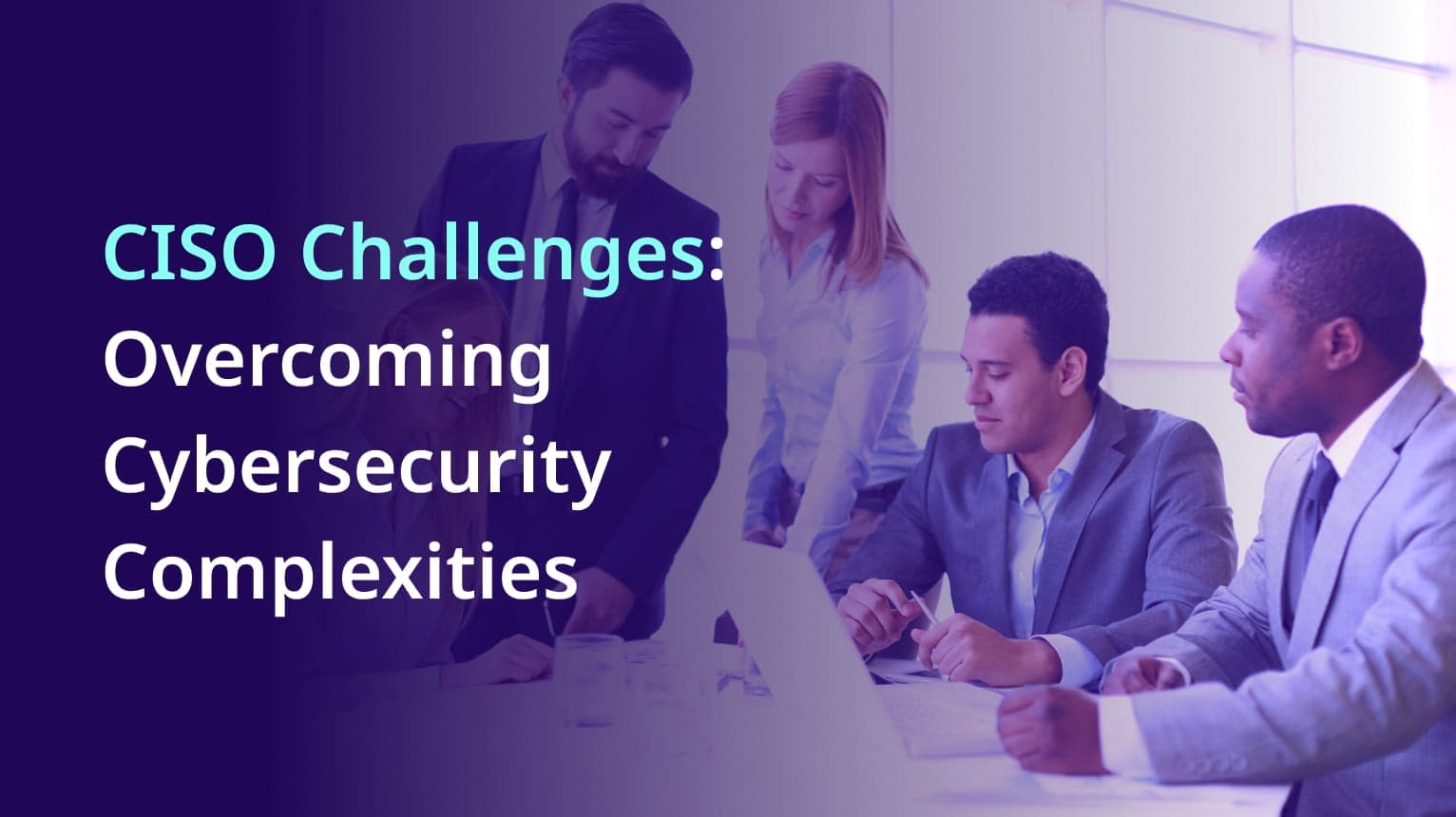

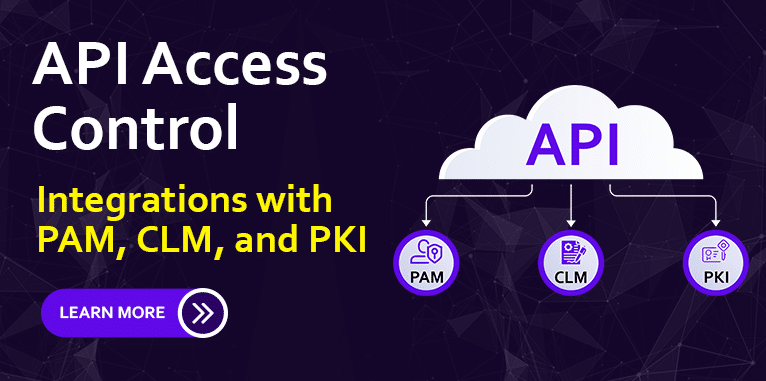
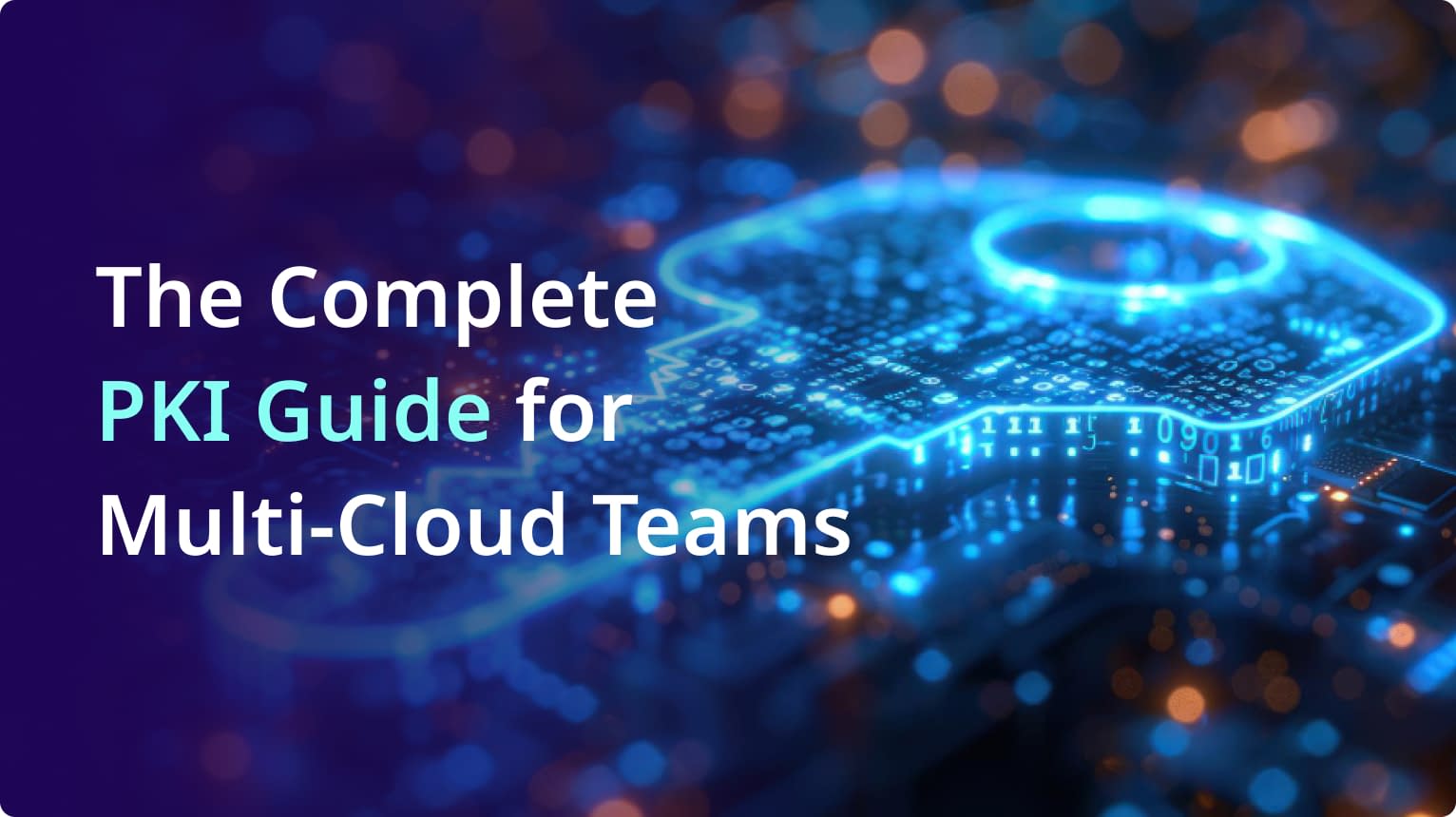

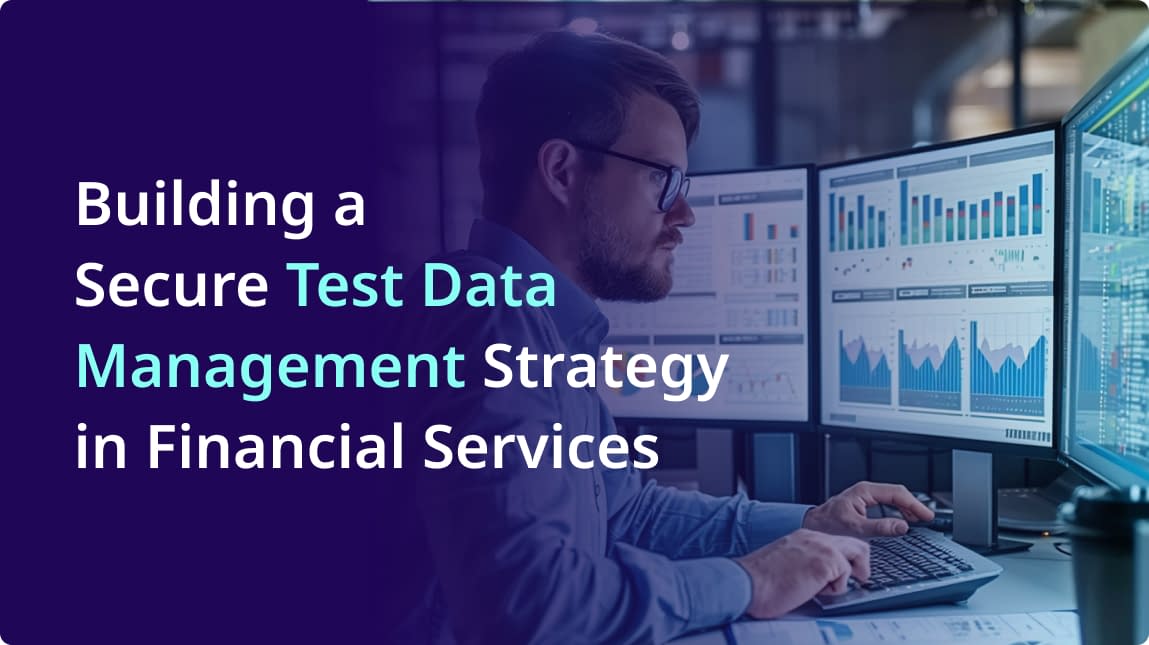
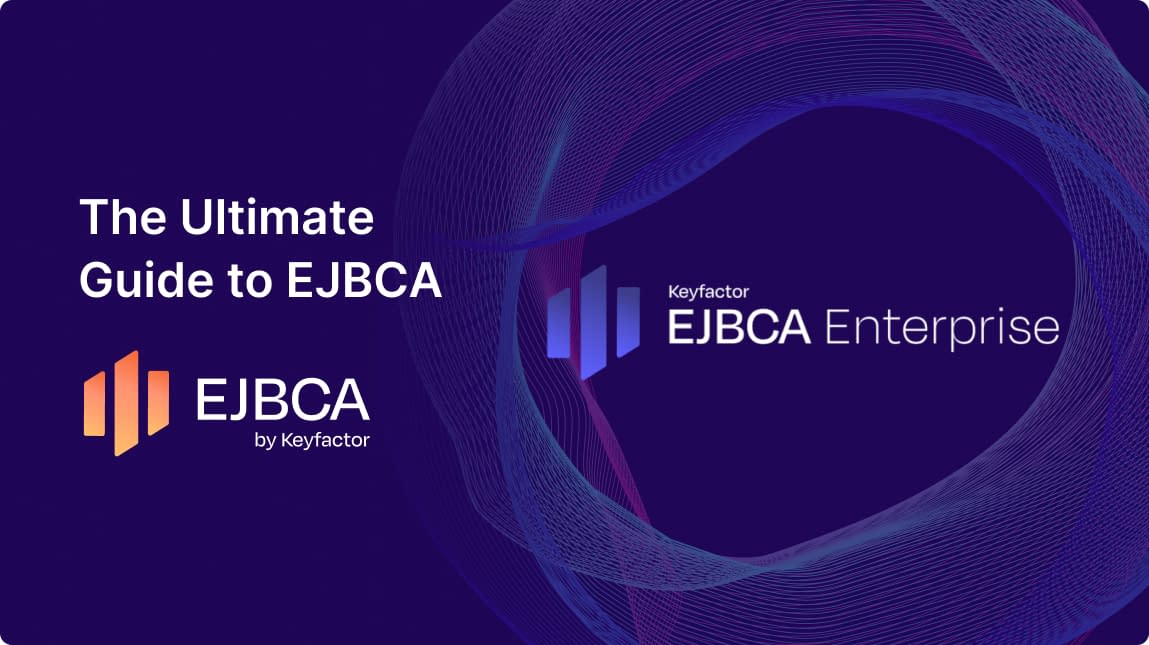
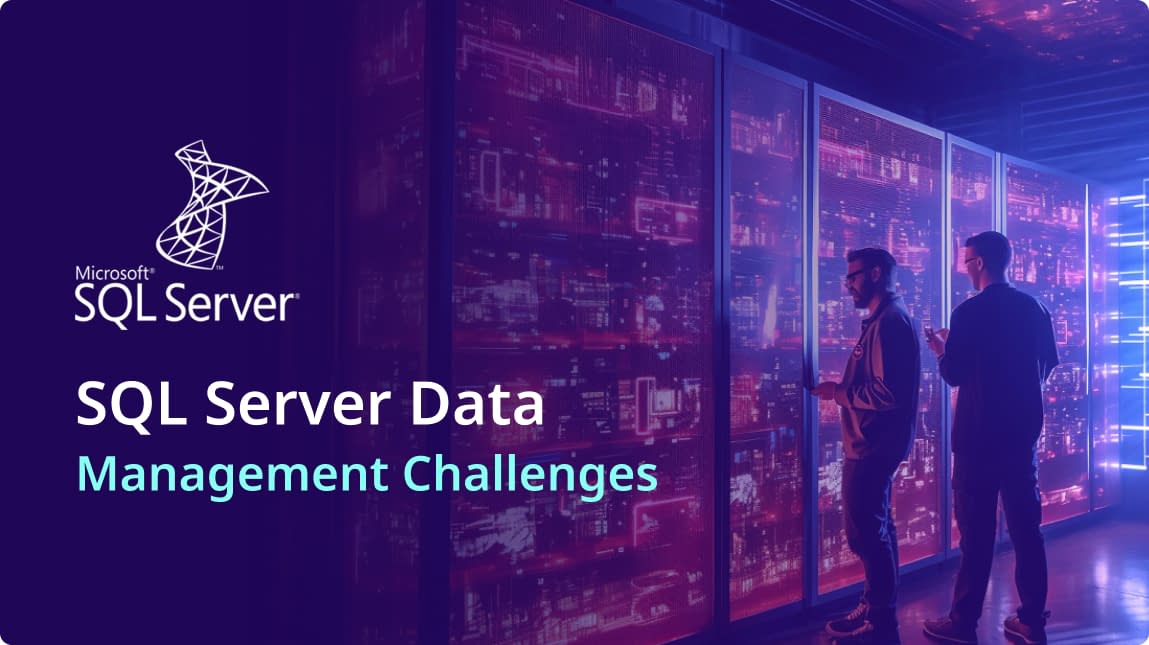
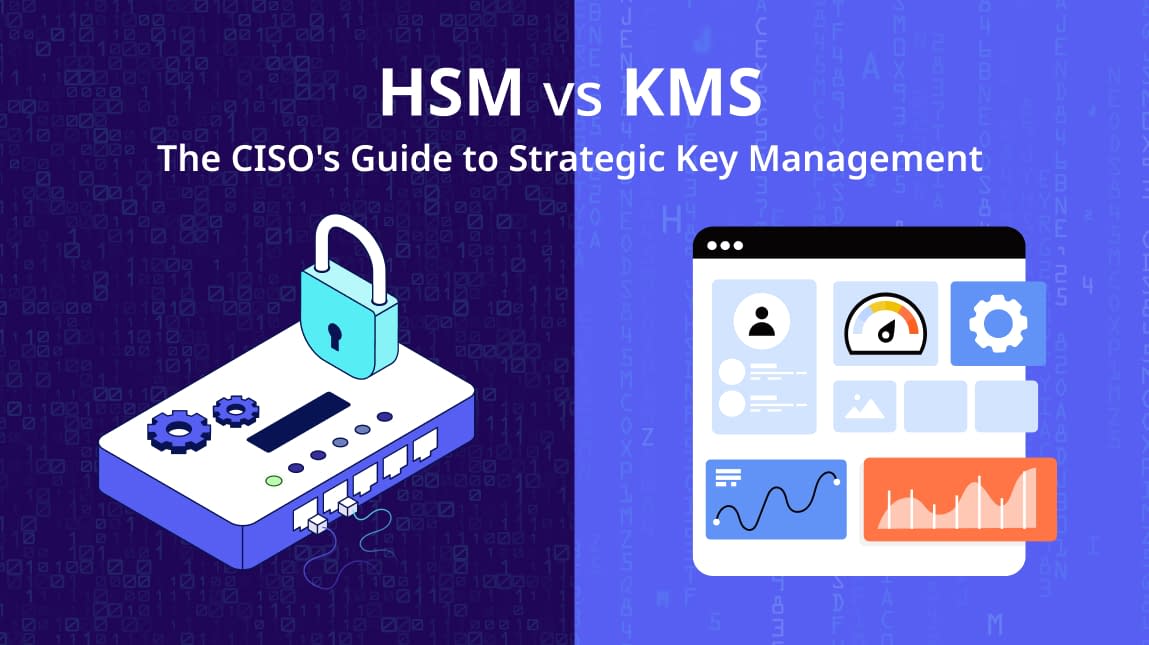
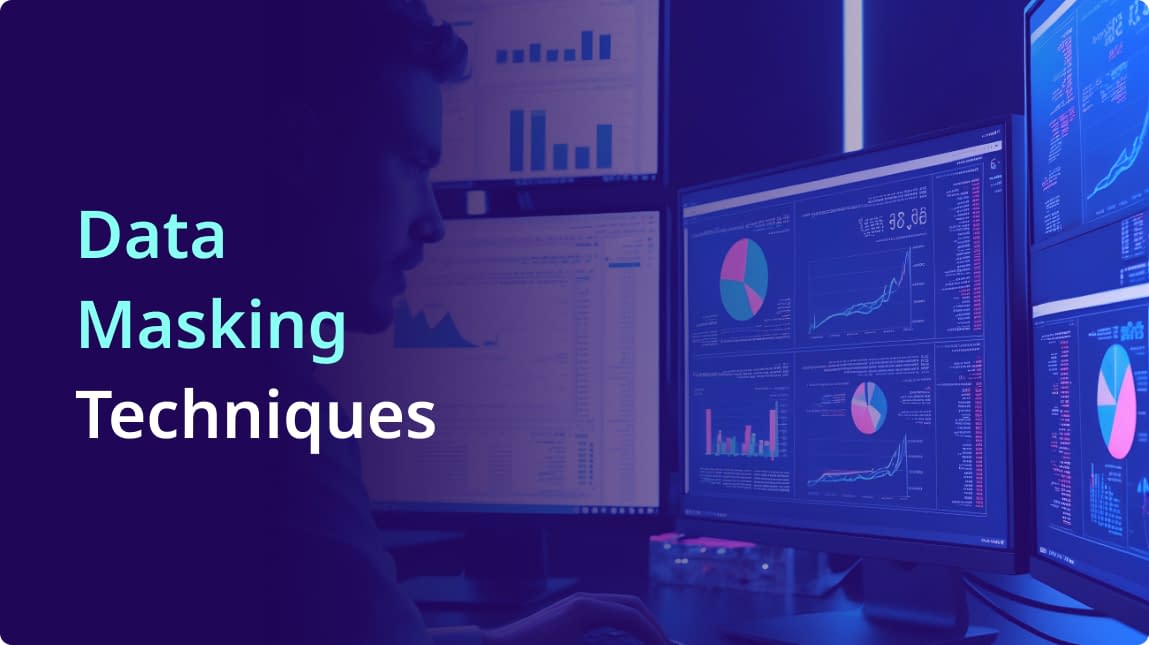
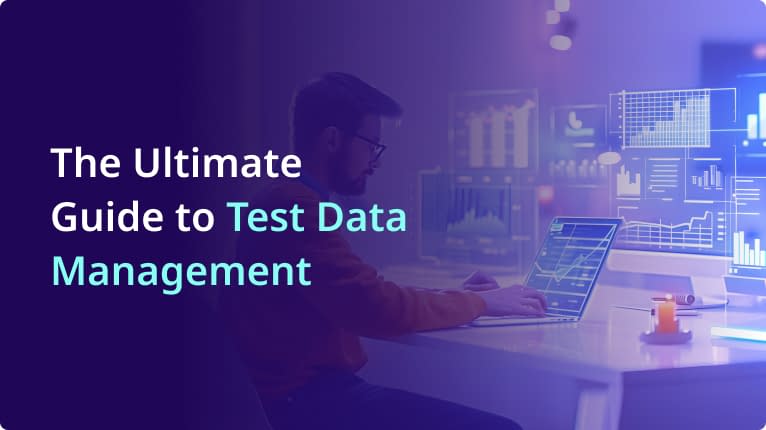
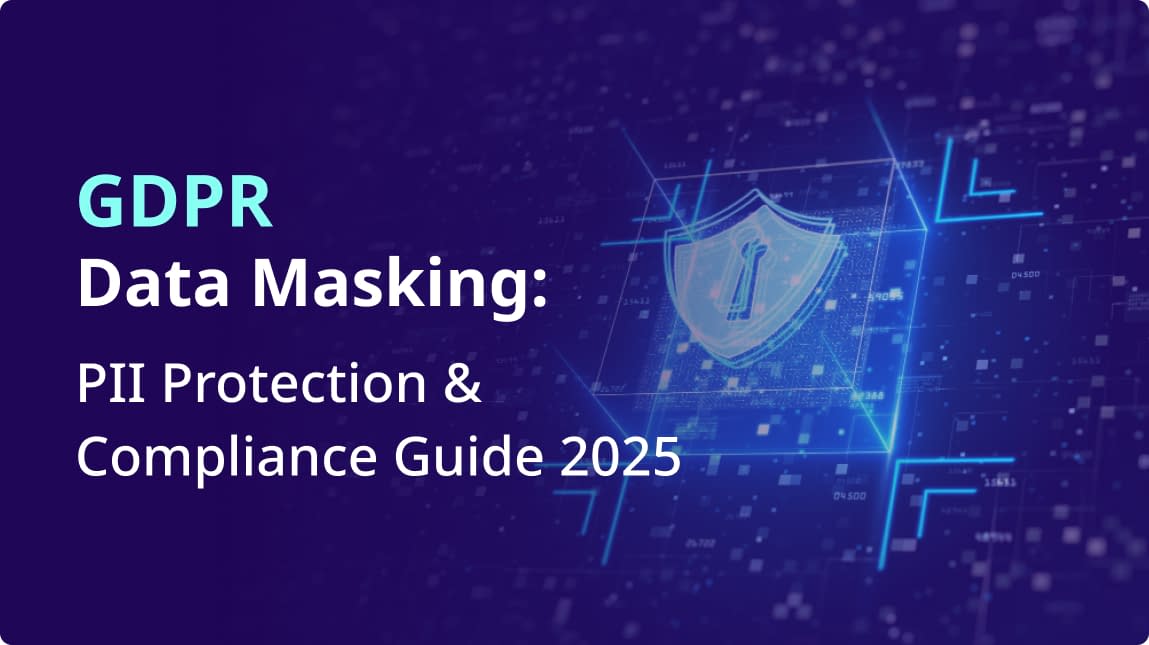
Comment